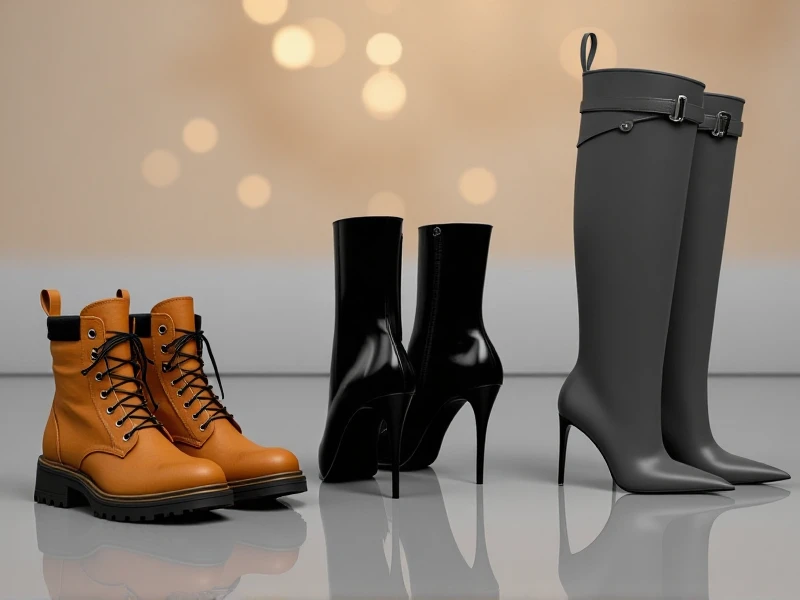Your Ultimate Guide to Choosing the Perfect Hiking Boots

Finding the right pair of hiking boots is crucial for comfort, safety, and truly enjoying your time on the trail. While sneakers might seem tempting for short walks, dedicated hiking boots offer unparalleled support and protection when you venture further. With so many options available, selecting the ideal pair can feel overwhelming.
The key lies in understanding your primary needs. Hiking boots come in various heights and constructions, each suited to different terrains and activities:
- Trail Runners/Low-Cut Hikers: Ideal for well-maintained trails and fast, light hiking. Offer maximum flexibility and breathability.
- Mid-Cut Boots: The most versatile option, providing excellent ankle support for uneven terrain while remaining relatively lightweight. Perfect for day hikes and moderate backpacking. Most versatile hiking boots.
- High-Cut Boots: Essential for rugged, off-trail terrain, heavy backpacking, or carrying significant loads. Offer maximum ankle stability and protection against impacts and scree.
Key Features to Consider:
- Support & Stability: Your hiking boots need a stiff enough shank to prevent fatigue on uneven ground and decent torsional rigidity for stability. Pay attention to the midsole.
- Ankle Support: Match the boot height to the trail difficulty. More technical terrain demands higher-cut hiking boots for crucial ankle support.
- Traction: The outsole lug pattern and rubber compound are vital. Look for deep, multi-directional lugs and sticky rubber (like Vibram® Megagrip) for traction on wet rocks, mud, and loose surfaces.
- Protection: Toe bumpers shield against impacts. Waterproof membranes (like Gore-Tex®) are indispensable for wet conditions but can be less breathable. Consider non-waterproof boots if breathability is paramount in dry climates.
- Fit & Comfort: This is paramount! Your hiking boots should fit snugly without pinching, especially around the ball of the foot. Your heel should lock down firmly with minimal lift. Always try them on with the socks you intend to hike in, preferably late in the day when feet are larger. Allow room for toe splay and slight swelling during long hikes.
- Materials: Full-grain leather offers exceptional durability and water resistance. Split-grain/synthetic blends are lighter and more breathable (and often more affordable). Suede/fabric mixtures provide a good balance. Waterproof hiking boots use bonded membranes.
Finding Your Perfect Pair:
- Assess your typical hikes: Terrain? Distance? Pack weight?
- Know your pronation: Do you need arch support?
- Try on multiple brands and models: Sizing varies dramatically. Visit a reputable outdoor store for expert help fitting hiking boots.
- Test rigorously: Walk on inclines, steps, and hard surfaces in-store.
- Prioritize fit above all else.
Caring for your hiking boots extends their life. Clean dirt off regularly, condition leather (if applicable) occasionally, and let them air dry naturally – never near direct heat.
Investing time and research into finding the right hiking boots transforms your outdoor experience. Your feet will thank you when you summit that ridge or reach that idyllic lake feeling comfortable, stable, and ready for more adventure. Visit a specialist dealer today to experience the difference truly well-fitting hiking boots make.